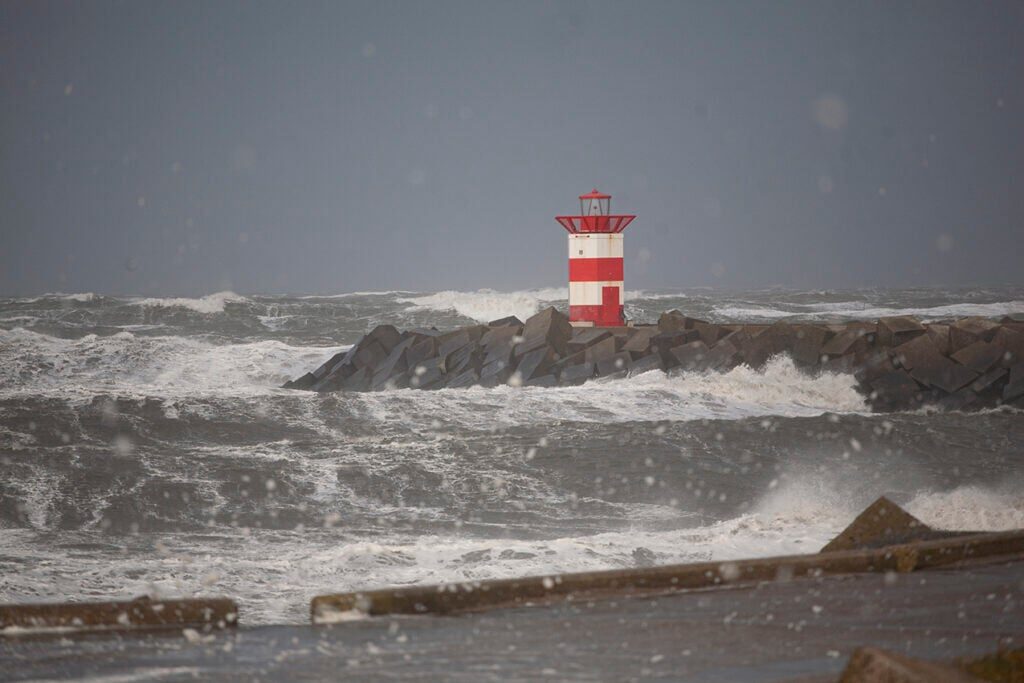
Storms: Corrie, Dudley, Eunice and Franklin
Storm Corrie, the first storm of the year, touched down in the Netherlands on January 31st. It caused the river Maas to overflow its banks in the area surrounding the Dutch city of Rotterdam.
Strong winds of up to 60 km/h (37 miles per hour) were recorded, and caused a truck to lose its container which overturned on the highway near the Dutch city of Zwijndrecht. Trees were uprooted by the strong winds, landing on roads, houses, and cars, and roof tiles were blown off. Storm Corrie caused €10 million in insured damage.
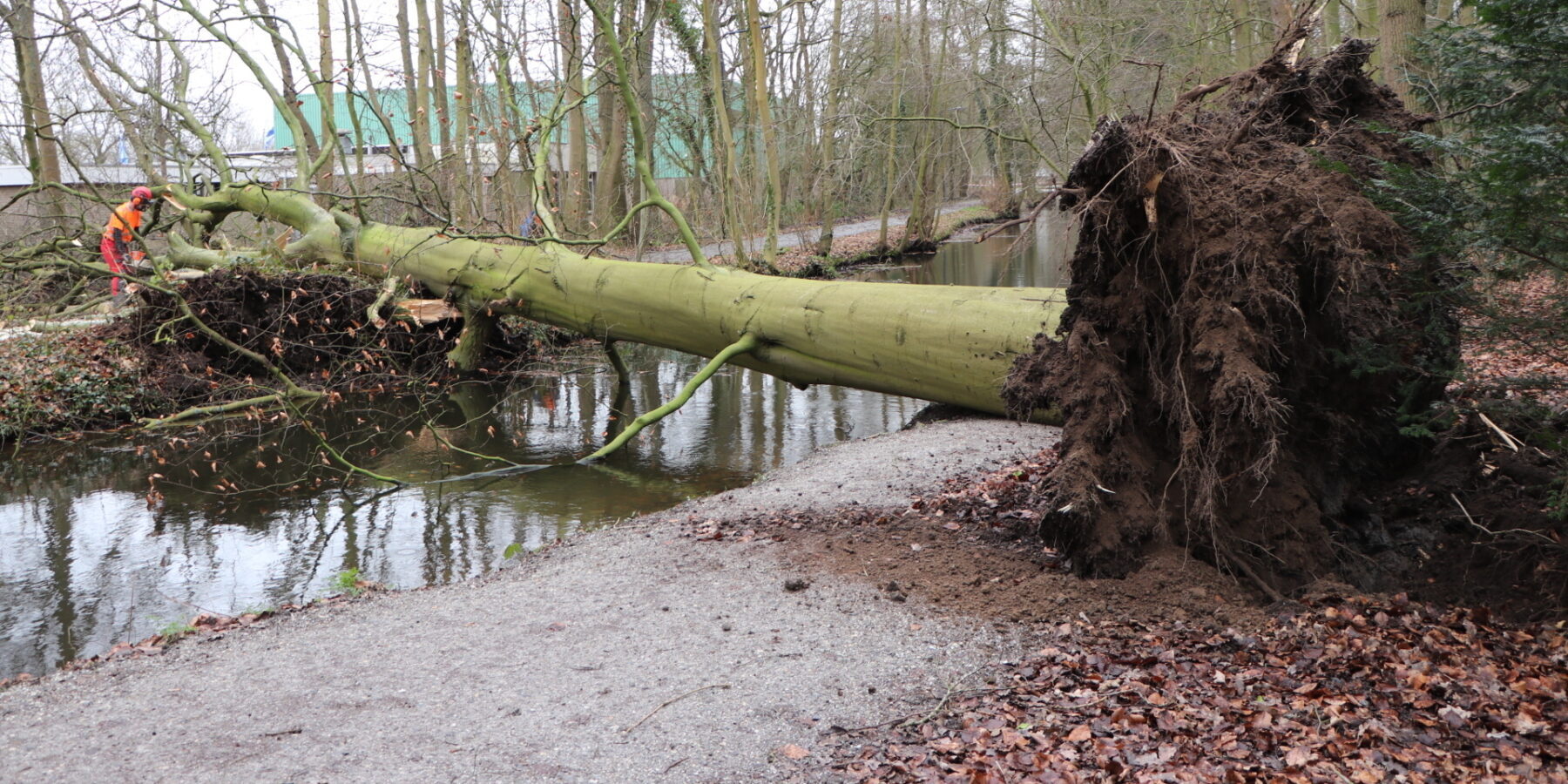
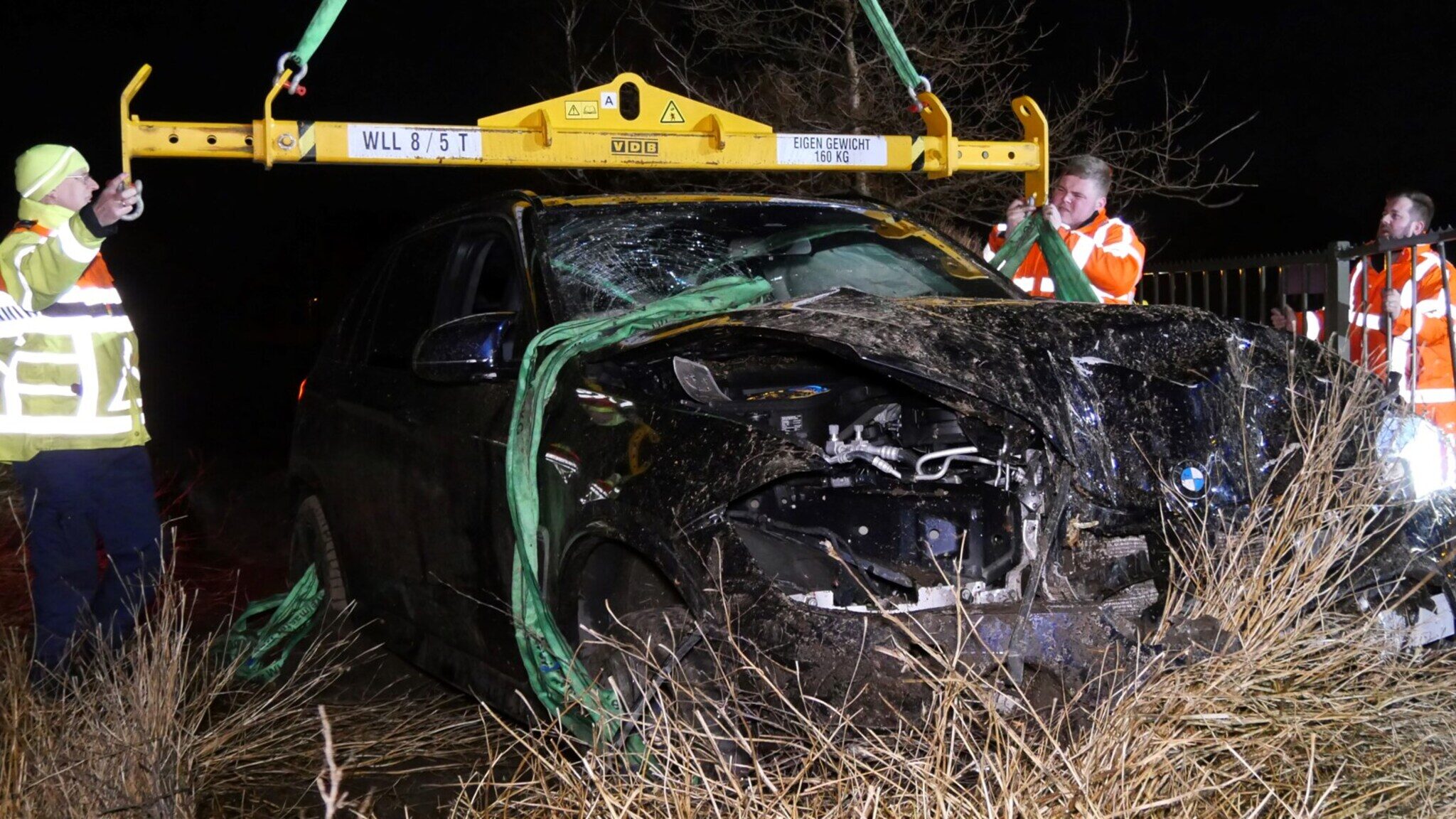
The winds had a speed of up to 145 km/h (90 miles per hour). This is the highest wind speed measured so far inland.
Rail traffic was halted; trees, branches and road signs landed on the road and some trees landed on houses; roof plates, solar panels and building materials flew through the air; trucks and vans toppled on the road; the roof of a train platform partially collapsed; houses had to be evacuated due to blown off roofs; a farm's roof collapsed; 170 flights were canceled; a cemetary was ruined; and in the north many areas were flooded. The storm was in the top three strongest storms in 50 years.
The following tweet reads: "The image of storm Eunice captured in one picture," showing a toppled truck and its driver standing upright in the front.
In the following tweet, a Dutch presenter escaped death as she managed to drive through without the falling tree hitting her car:
Two days later, on February 20th, storm Franklin arrived with strong winds of up to 100 km/h (62 miles per hour), causing similar damages and more flooding. Especially the Dutch city of Arnhem had a lot to endure with many basements flooded caused by 38 mm of rain in a single day, almost two-thirds of the amount of rain that normally falls in the month.
With the triple storm, six successive storm days were measured, breaking the previous record from 1979 of five storm days in a row. Altogether, the storms caused €500 million or more in insurance damage.
More Destructive Storms: Sheets of Rain, Hail, and Lightning
Later in the year, on April 9th and on May 19th, storms hit the country with winds of up to 100 km/h (62 miles per hour) and heavy rainfall.
The storm in May battered many fruit farms costing millions in hail damage. The hail and heavy rainfall destroyed the fruit harvest for 2022 at dozens of fruit companies in the Dutch region of Batavia.
The storm also caused flooding in homes in the southern Dutch province of Noord-Brabant. Streets in the Dutch province and city of Utrecht were also flooded, including the train station in the Dutch town of Baarn. In addition, lightning burnt cables, with power failure as a result. The lightning strikes were striking as one resident of Utrecht said: "There was a huge bang. I even heard about dead birds and a fireball that people saw."
On August 17th, another storm wreaked havoc in mid and northern parts of the country, causing flooded streets, gardens and basements. Sheets of rain also hit Utrecht, which had to endure 30 to 40 mm of rain in an hour.
More fruit harvest was damaged during a destructive storm in the Dutch region of Zeelandic Flanders on September 7th. Hailstones of 3 cm (1.2 in) and strong winds caused much damage to apples and pears. Tom van der Meer of the Dutch Fruit Growers Organization said:
It's very sad when you see that one day before you want to bring in the harvest that the harvest is completely destroyed. The hail damage in particular is really disastrous. A fruit that has now been damaged by hail can no longer be used. It would cost more to get the fruit from the trees than it yields.
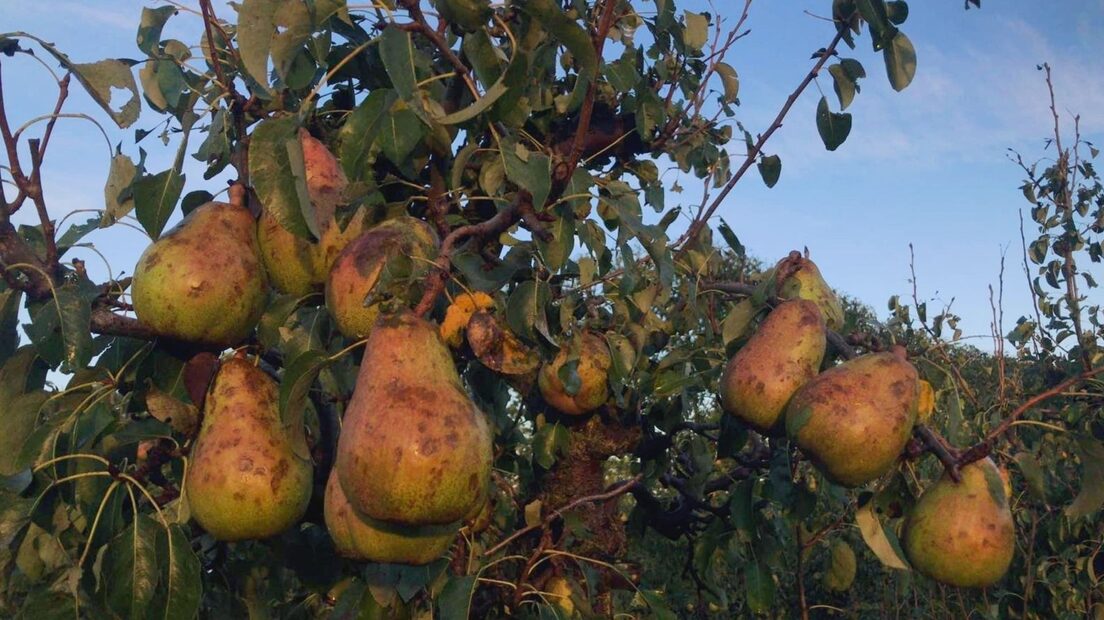
Two days later, during a thunderstorm on September 9th, a lightning strike hit a house in the Dutch town of Malden, causing a large fire. Electricity sockets and boilers were damaged in other houses in the neighborhood. Not too far from Malden, in the Dutch city of Helmond, another house caught fire after being struck by lightning. Four children and a dog were rescued in time. The following tweet shows the aftermath:
A day later, on September 10th, sheets of rain hit the country. In many regions, up to a month's average of rain fell in a day. For example, in the southwestern Dutch province of Zeeland, 80 mm (3.2 in) of rain fell in 24 hours. The month's average amount is 85 mm (3.3 in). One resident from Zeeland tweeted "We begged for rain, we got rain." The picture shows a flooded yard and a rubber duckling:
The rain destroyed several crops in the same region that suffered damages from hail three days before. Crops from some of the growers also had suffered from drought earlier in the year. An insurance company received at least twenty reports of damage caused by the heavy rainfall. Ten growers reported damage to onions and potatoes.
Snowfall and Record Low Temperatures
On February 21st, the first snowfall hit northeastern parts of the country. A month later, in springtime on March 31st and April 1st, snow fell in different areas. One person tweets: "Good morning snow. So it wasn't an April 1st joke...".
It was the coldest April 1st since measurements began with a temperature of 1.8 degrees Celsius (35 F), beating the previous record of 2.5 degrees Celsius (37 F) in 1963.
Two days later, the temperature dropped even more and another record was broken: With a temperature of -6.3 degrees Celsius (21 F), it was the coldest April 3rd since measurements began. The previous record was -5.5 degrees Celsius (22 F) in 1909.
Besides April, September was also unusually cold. With a temperature of 13.3 degrees Celsius (56 F), it was the coldest September 18th since the start of measurements.

On April 7th, a waterspout caused a large ferry to move several meters away from its position in the harbor in the Dutch city of Groningen.
A day later, a landspout damaged three horticultural companies in the Dutch province of Drenthe. At cucumber company Polman, five people suffered minor cuts from falling glass. Jurjen van Dijken, the manager of the company, says that the damage is enormous. Two tree nursery companies also sustained damage.
Van Dijken estimates that 7,000 square meters of cucumbers are gone (75,347 square ft). He adds: "It concerns a large corner, a quarter of the greenhouse. Not all is lost, but we can no longer ventilate and heat. So much glass is gone."
Another landspout was spotted on May 7th in the Dutch region of the Achterhoek. After a short appearance, it disappeared.
On May 20th, a tornado damaged homes, cars, trees and roofs in the Dutch province of Limburg. One house was close to collapsing as its roof was completely removed by the tornado. One person filmed the tornado:
A month later, on June 27th, a tornado hit the southwestern Dutch city of Zierikzee. It started out as a waterspout and turned into a tornado on land. A 73-year-old woman died and nine people were injured.
Weatherman Geirnaerdt said that a tornado is unusual for that time of the year. This is the first deadly tornado since 1992 in the country.
Around twenty rental houses became temporarily uninhabitable and one hundred houses were damaged. Many objects flew through the air: trampolines, roof tiles, small trees, chairs, and even a wheelchair.
One resident of Zierikzee said the following about the tornado to public broadcaster Omroep Zeeland:
Terrible. I just stepped into the backyard and looked up and then I really saw a tornado coming. Then I thought: What should I do, what should I do? We ran inside and saw all kinds of garden stuff go through the air. A plastic garden chair hit our car, so we have quite a bit of damage to the car. Our trampoline flew through the air. And we don't exactly know yet how our roof looks, but there are a lot of damaged roofs in the street. It's all very intense.On August 13th, beachgoers in the Dutch town of Katwijk and at the beach resort Zandvoort lost their sun umbrellas due to local small landspouts.
Five days later, a landspout started to form in the Dutch municipality of Hoeksche Waard, but quickly disappeared.
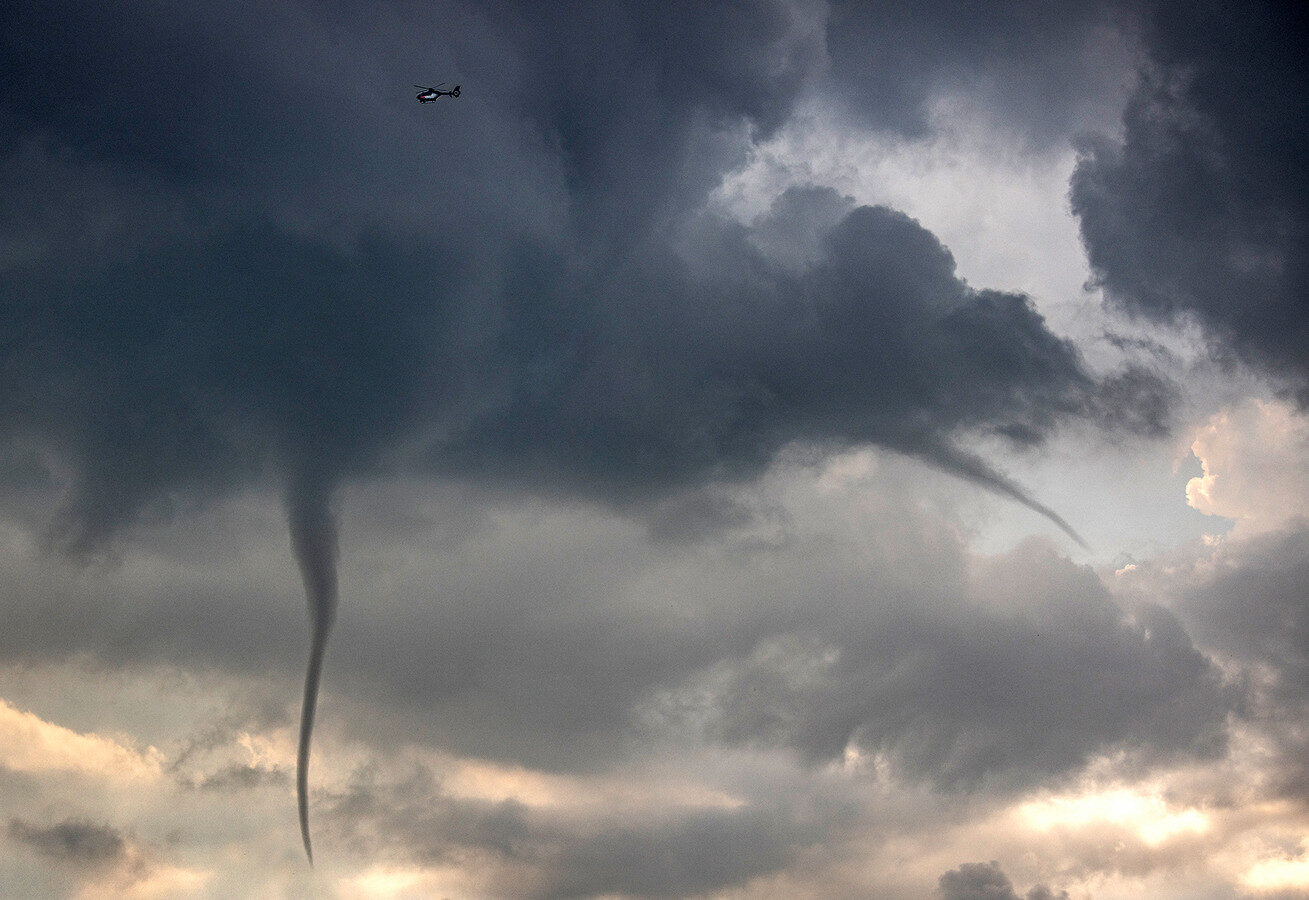
Sinkholes
Year 2022 also saw several sinkholes. The following concerns two of them. On January 14th, a sinkhole appeared in the Dutch city of Dordrecht in the middle of a street. A spokesperson of the municipality said that while sinking in the street happens, a sinkhole in the middle of the road is a new phenomenon in the area.
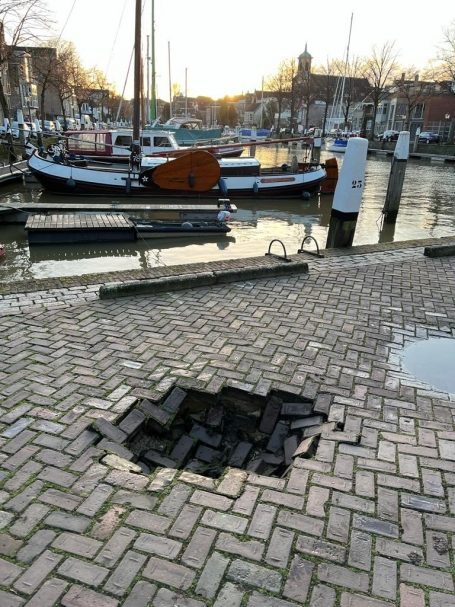
With the cooling climate, noctilucent clouds are becoming more common. Like previous years, 2022 didn't go without the appearance of noctilucent clouds. On June 12th, noctilucent clouds were captured in the Dutch village of Kinderdijk.
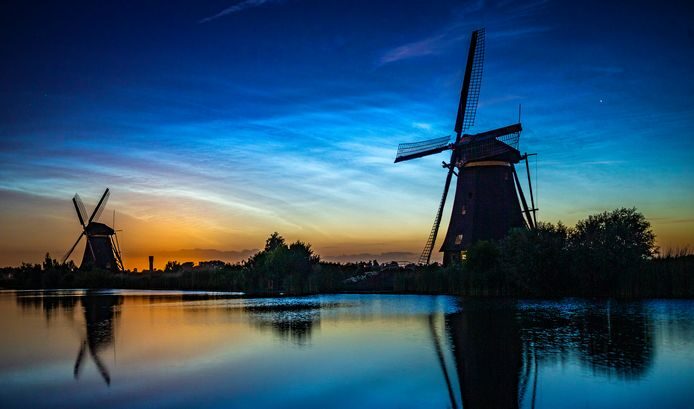
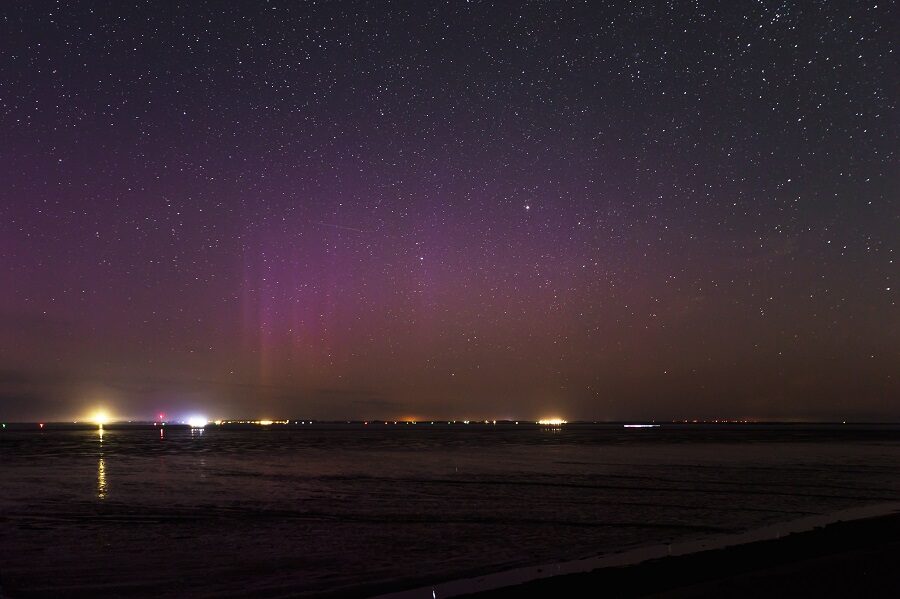
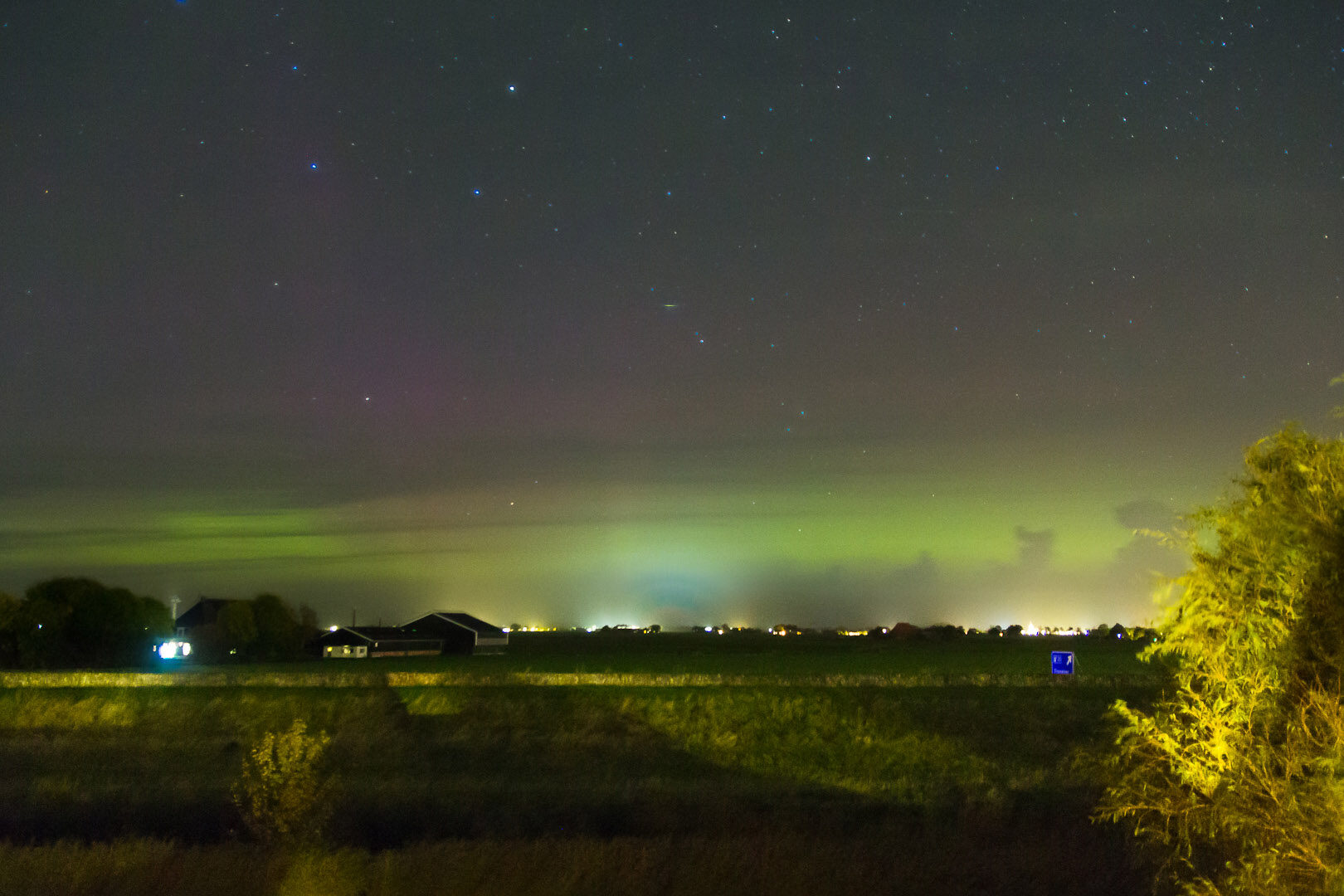
Fireballs
A search on The International Meteor Organization reveals there have been 88 meteor/fireball events that include reported sightings from the Netherlands.
Dutch organisation UFO Meldpunt Nederland has a website where people can submit reports of a sighting of unknown or unusual sky objects. There are several reports from 2022 that match the description of a meteor/fireball.
For example, on January 16th, a person in the Dutch city of Haarlem reported to have seen a "bright red fireball that went downwards for about 40 seconds long." The report continues: "It was round and didn't make a sound. Someone else also saw the object from a different location."
On March 18th, a resident of the Dutch town of Lichtenvoorde, Freek Berendsen, captured a large meteor/fireball on his new doorbell camera that was only in use for a day. After posting the video on Twitter, the footage went viral. While I can't find the tweet, the footage is available on YouTube:
Honorable Mention: Meteorite Found in Yard
André van Leeuwen, a resident of the Dutch municipality of Zoeterwoude, found a meteorite in his back yard in early December 2021. This was confirmed by Theo Riet, an amateur astrologer of the Zoeterwoudse Working Group Meteors, in January 2022. The meteorite is 20 by 30 cm (7.9 by 11.8 in).
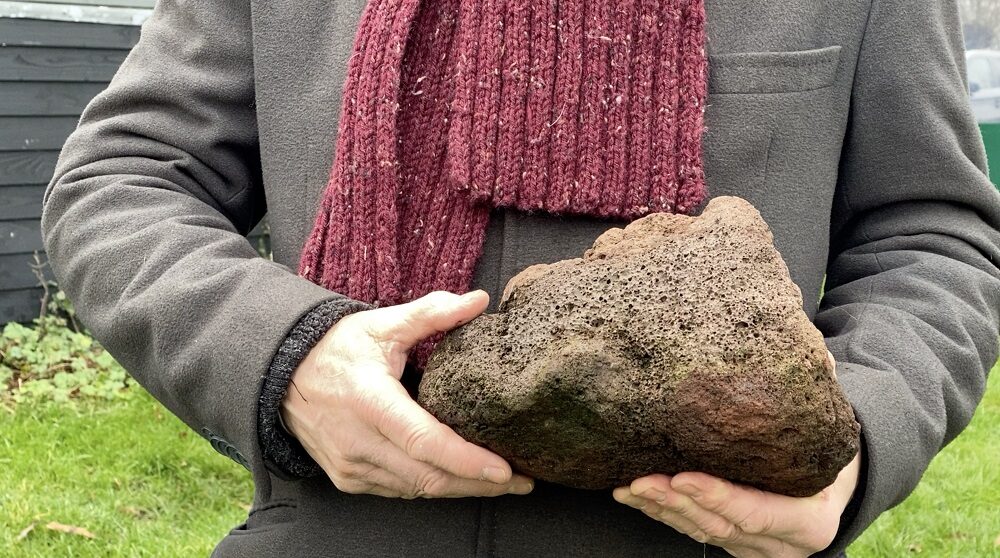
The number of meteorite impacts is likely much higher. Riet explains: "Most meteorites are never found. This may be because they fall into the water, but also because the calculated search area is very large, making it like looking for a needle in a haystack."
In short
In short, while it's a small country in western Europe, the Netherlands experienced many extreme and rare weather events throughout 2022, and these are likely to intensify in coming years. Explanations of why these events are occurring can be found in the highly recommended book: Earth Changes and the Human Cosmic Connection by Pierre Lescaudron and Laura Knight-Jadczyk. For worldwide weather events, watch our SOTT Earth Changes Summaries.
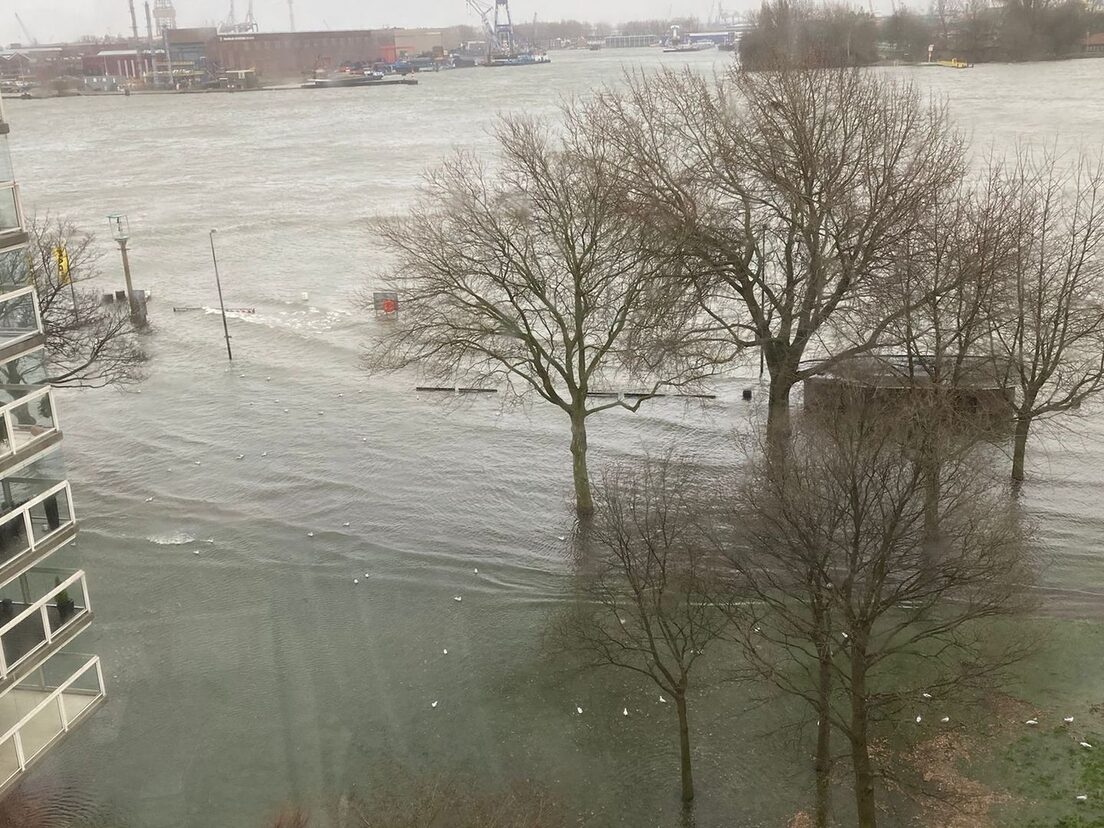
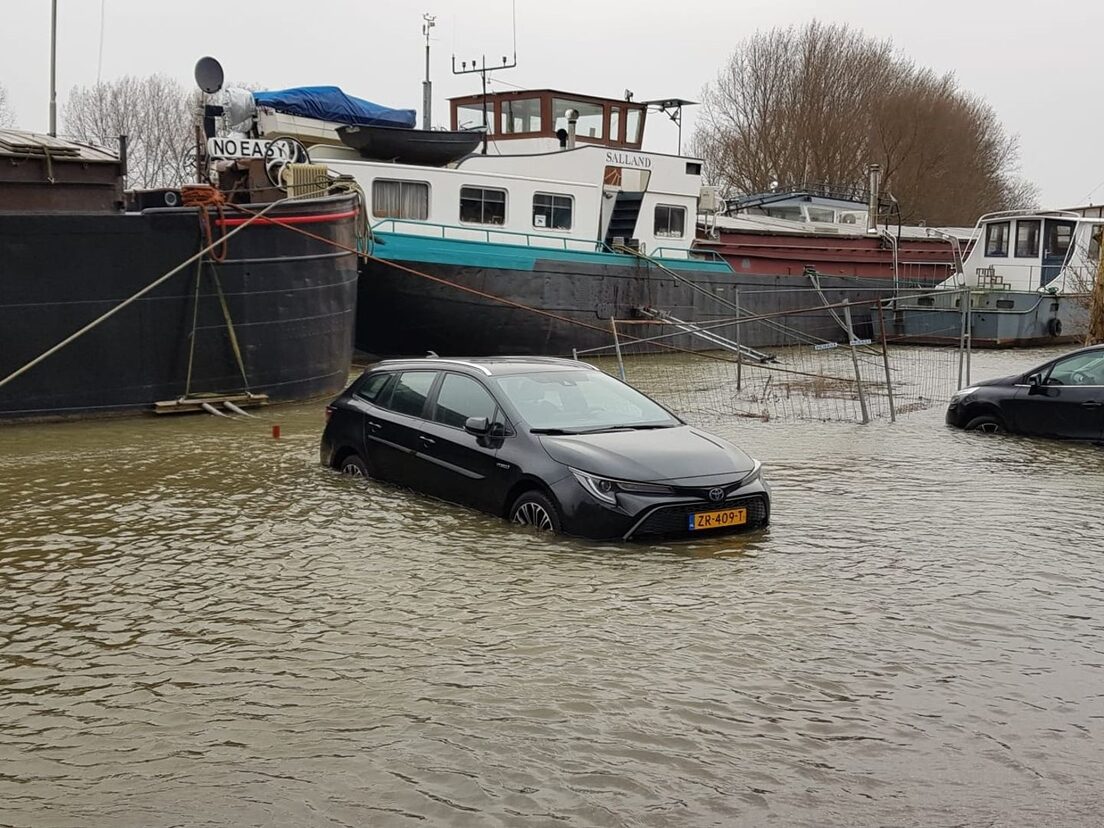
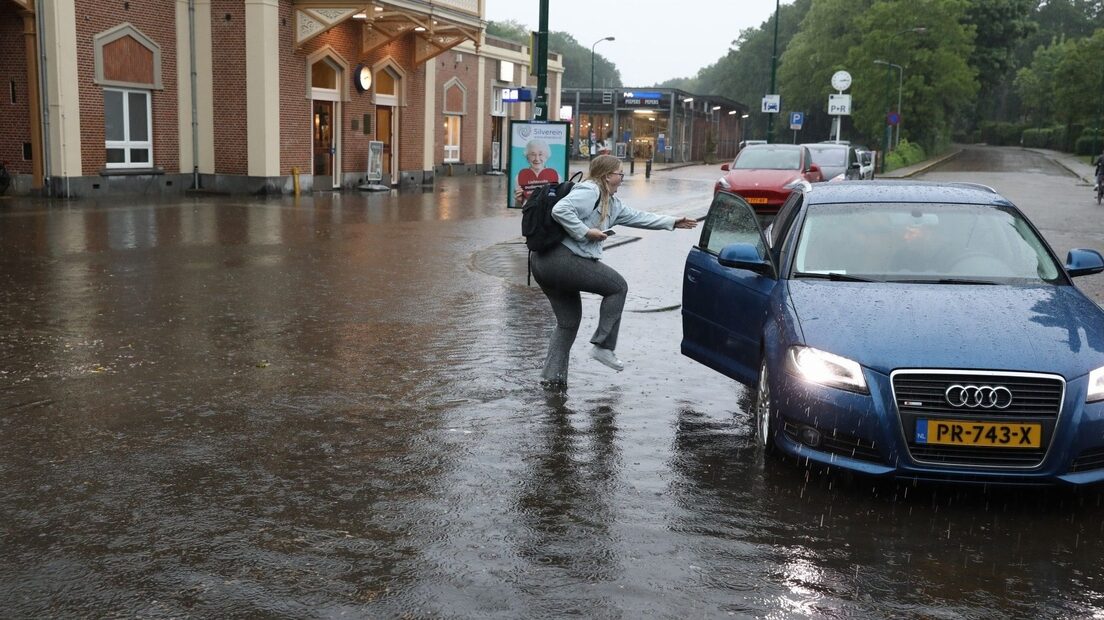
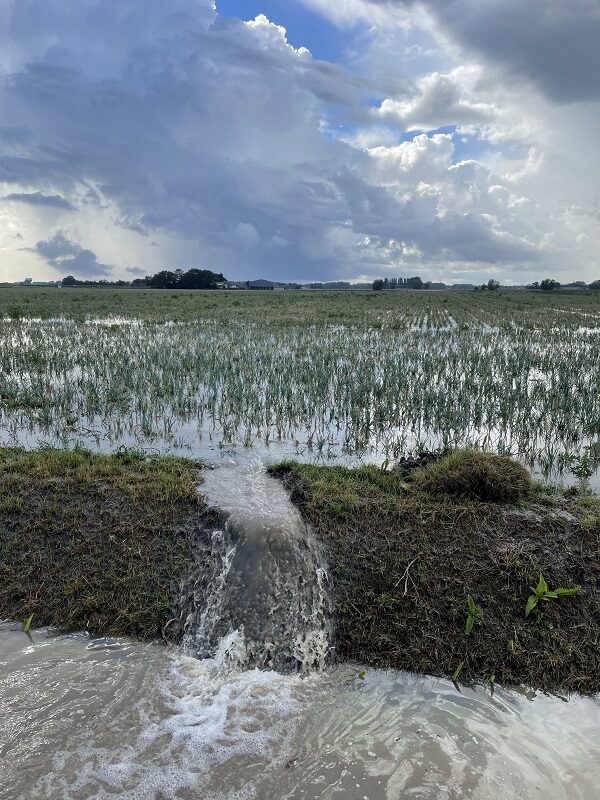
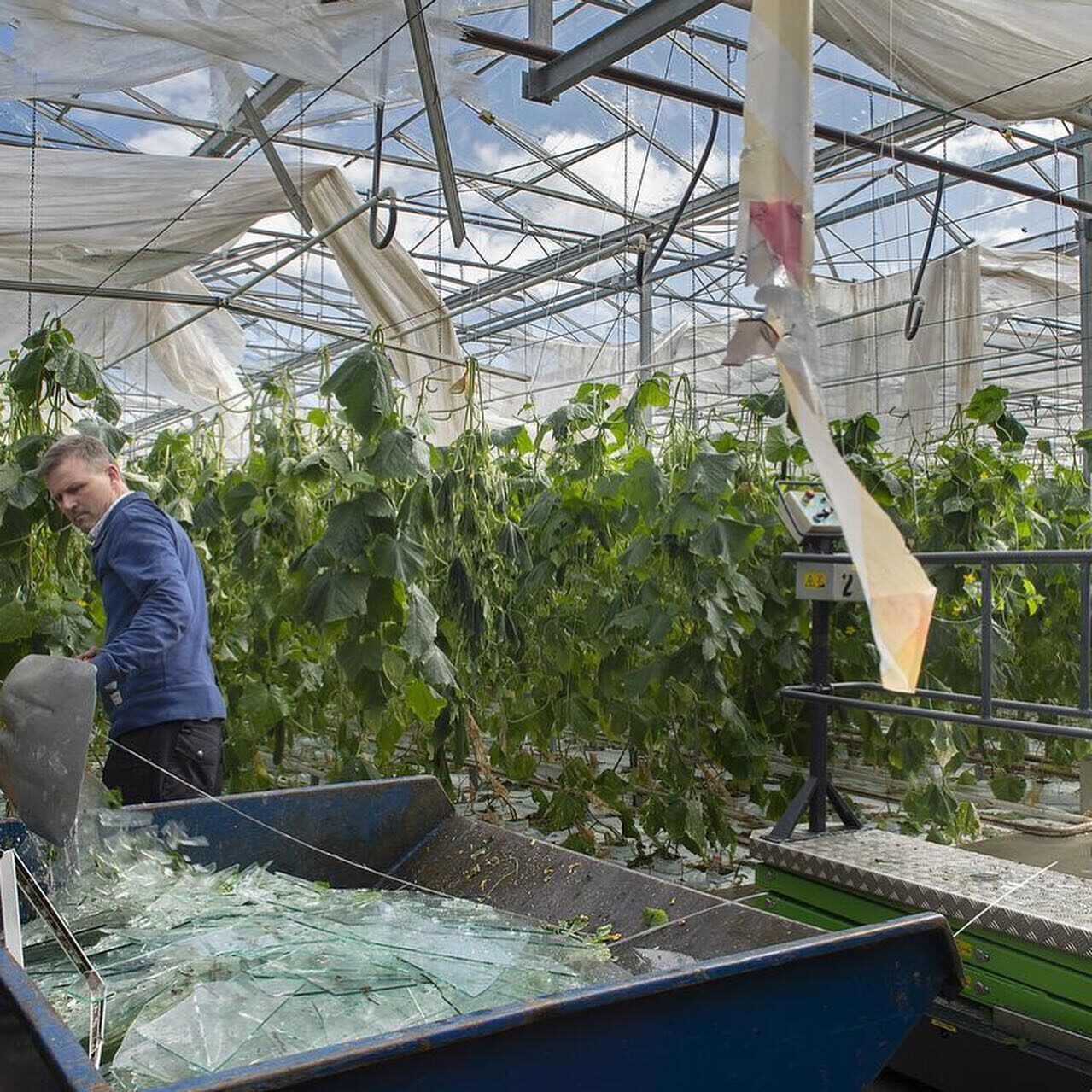
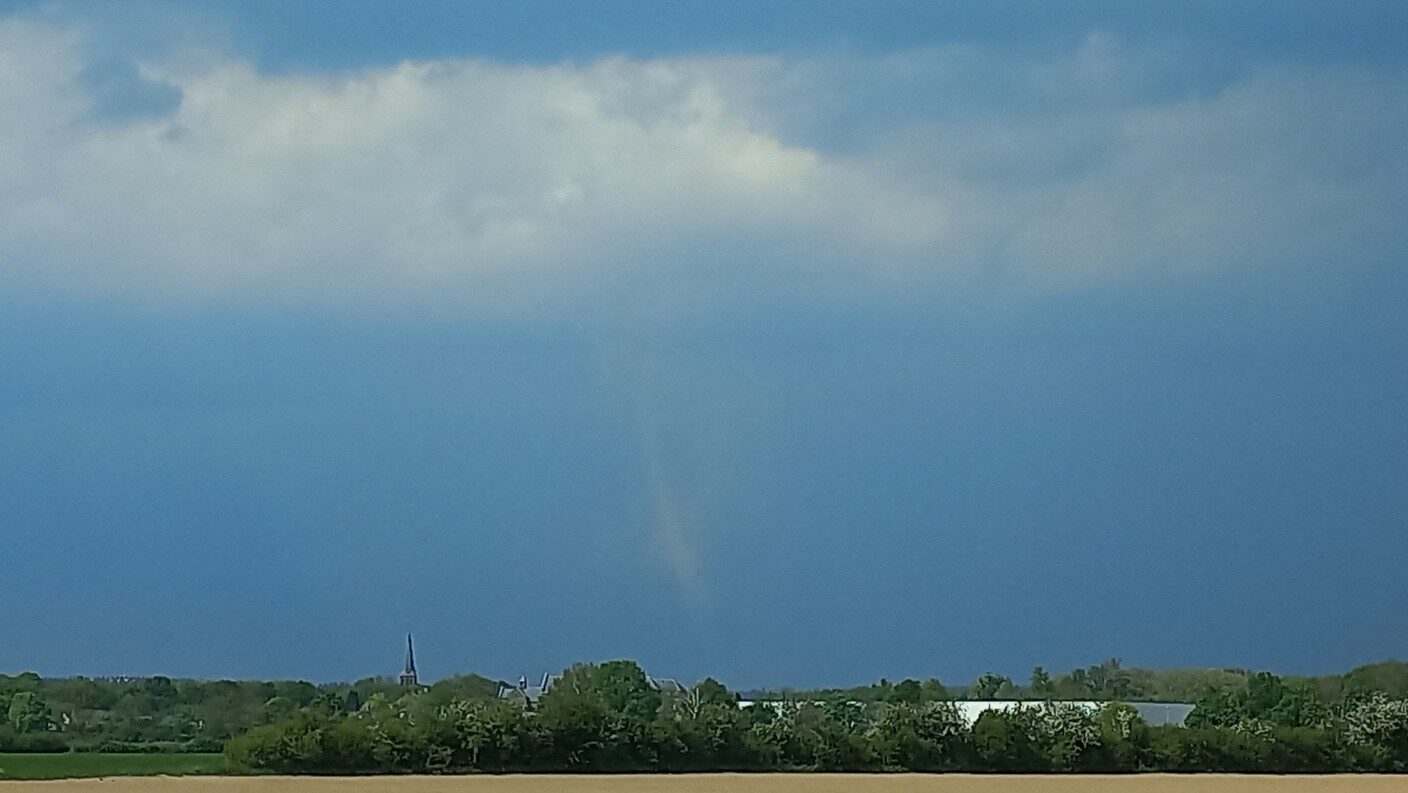
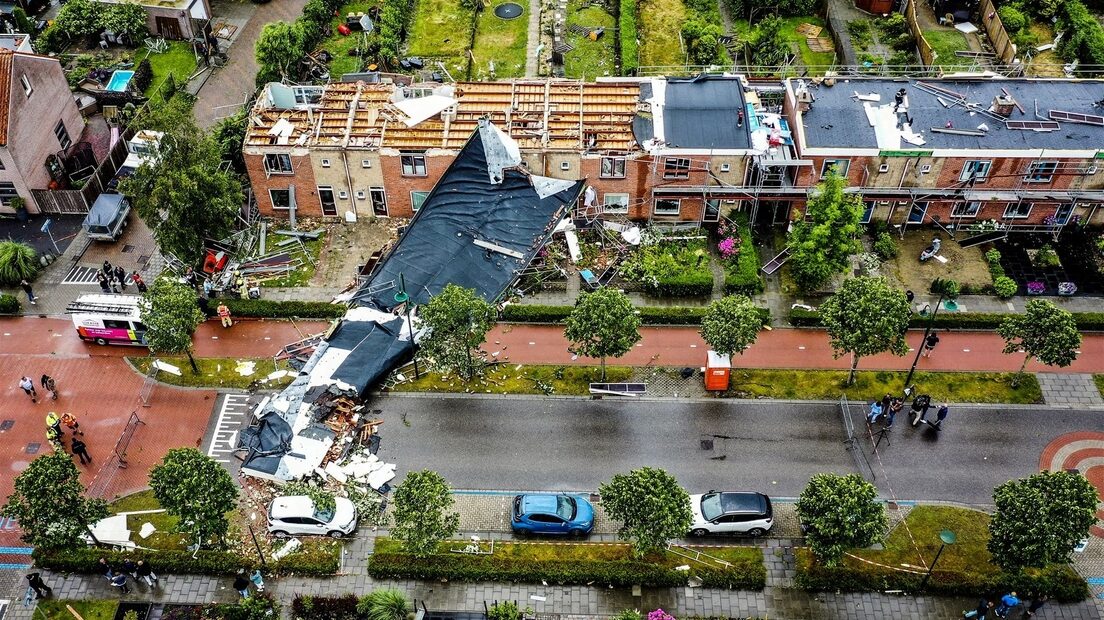
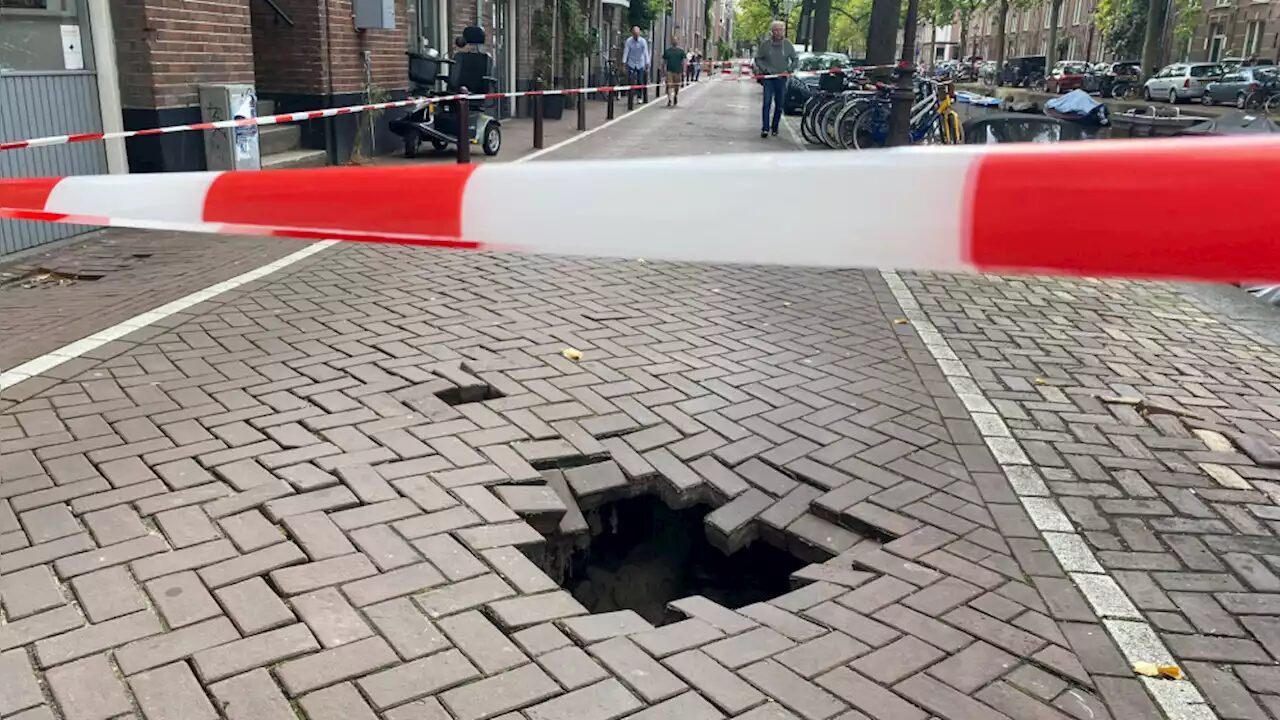



Comment: See also: